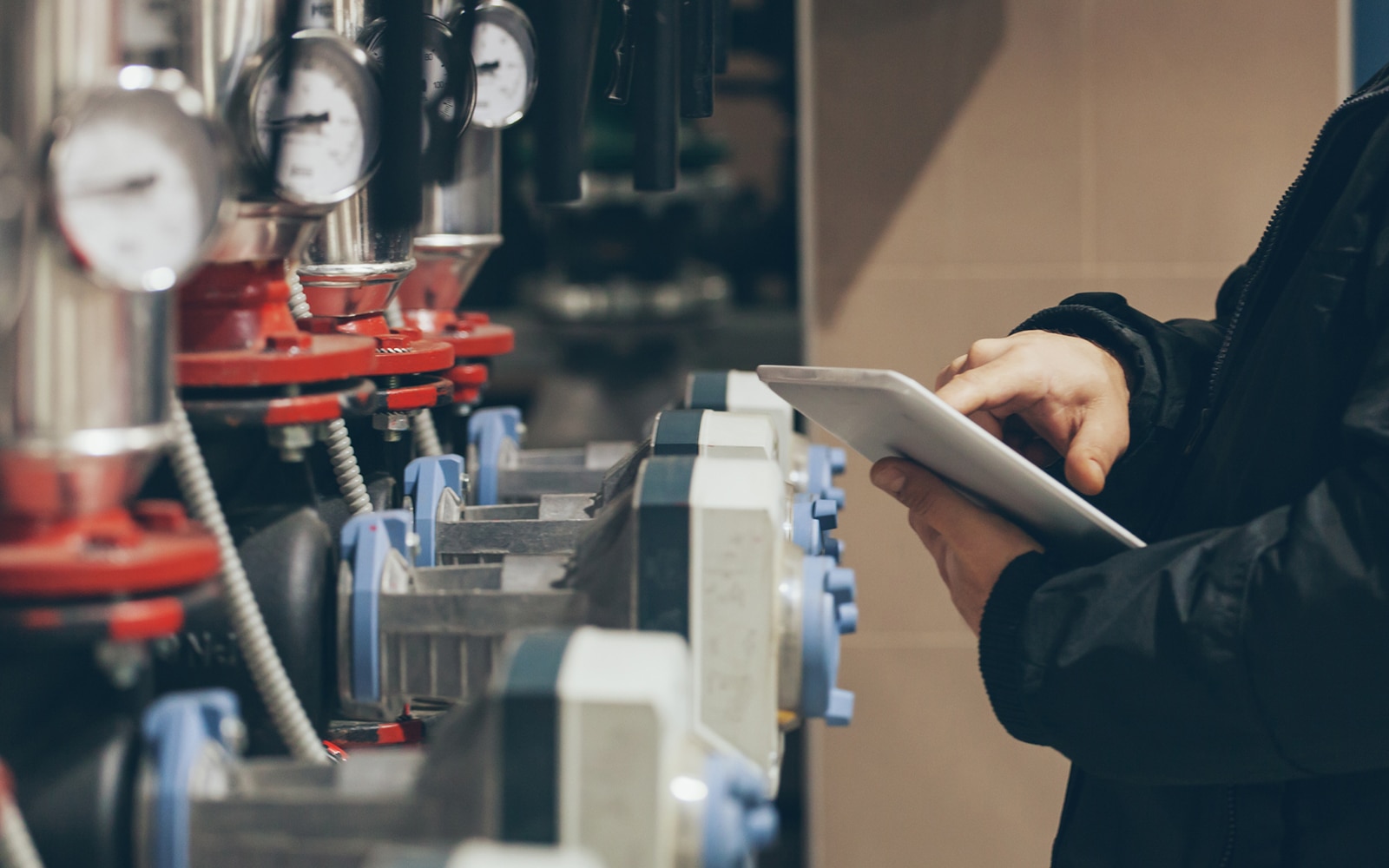Gas detection is essential to maintaining workplace safety in industries where hazardous gases pose severe risks to workers and the environment. A safety manager must choose the proper gas detectors for the facility to ensure staff safety and adherence to industry standards. This thorough guide will help you choose the best gas detector for the facility. Let us start with creating a basic understanding of gas detection technologies.
Understanding Gas Detection Technologies
There are numerous gas detection technologies, each with specific benefits and drawbacks. Here is a quick rundown of popular gas detection methods:
- Electrochemical sensors: These sensors Identify the presence of a particular gas. They rely on chemical processes and are suitable for various applications because they are sensitive, selective, and low-power users. However, changes in humidity and temperature may have an impact on them. Some trustworthy producers, like Interscan Corporation, have much experience making top-notch electrochemical sensors.
- Infrared sensors: These devices track the amount of infrared light that gas molecules absorb. They have a long sensor life and require little maintenance, making them perfect for detecting combustible gases.
- Photoionization detectors (PIDs): PIDs ionize gas molecules with ultraviolet light to detect volatile organic compounds (VOCs). Although they have high sensitivity and quick response times, they may need frequent calibration.
- Semiconductor sensors: These sensors monitor changes in electrical conductivity to identify the gas. However, other gases and the environment may have an impact despite their low cost and robustness.
Consider factors like the target gases in your facility, environmental conditions, and the benefits and drawbacks of each technology when choosing a gas detection method—more on this in the following sections.
Identifying the Target Gases in Your Facility
Since gas hazards vary by industry, conducting a thorough facility assessment is crucial to pinpoint current risks and potential gas sources. To ensure compliance, check the relevant laws and industry standards. Then, collaborate with experts to identify target gases and choose the best gas detection equipment. For example, a business with the experience and product portfolio of Interscan Corporation can be an invaluable partner in this venture.
Key Features to Consider When Selecting a Gas Detector
1. Sensitivity and accuracy: The detector must be accurate and sensitive enough to detect gas concentrations below the allowable exposure limits.
2. Response time: A quick response time is essential in an emergency. Therefore, a gas detector with remote notifications is also handy to have.
3. Calibration and maintenance requirements: Manufacturer-specific calibration intervals ensure accurate readings, but regular calibration is necessary. To reduce downtime, a gas detection manufacturer with an easy-to-use sensor calibration/replacement system can be beneficial.
4. Robustness and environmental suitability: The detector must withstand the conditions in your facility. Look for a gas detection system with a rugged design and a proven record of reliability.
5. Gas detectors should be simple to operate and seamlessly integrate with your facility’s safety infrastructure. This refers to both ease of use and integration with current safety systems.
The products and services offered by Interscan Corporation are user-friendly and made to integrate with different safety systems. We pride ourselves on creating gas detectors that meet the industry’s needs.
Single-Gas vs. Multi-Gas Detectors
Single-gas detectors keep track of a single gas, whereas multi-gas detectors can simultaneously detect several gases. Multi-gas detectors offer versatility and convenience when multiple gas hazards are present, though single-gas detectors may be more cost-effective if you only need to monitor one gas. Variables like the types of gases, frequency of gas exposure, budget, and facility size will influence your decision. You can choose from various single-gas and multi-gas detectors from Interscan Corporation to meet the specific requirements of your facility.
Working with a Reputable Gas Detection Manufacturer
Choosing a reputable manufacturer is crucial for your gas detection equipment to be high-quality and reliable. When assessing manufacturers, take into account the following factors:
1. Reputation and experience in the industry: A reputable manufacturer will have a solid reputation and significant experience in the industry. Interscan Corporation has been in the gas detection business for 45 years, offering reliable products and knowledge.
2. Adherence to industry standards: Pick a manufacturer that complies with industry standards or surpasses them and possesses the required certifications.
Training and Ongoing Maintenance
Staff and safety managers must receive the proper training for gas detectors to function effectively. Ensure your team is proficient in using the equipment and aware of its advantages and disadvantages.
To guarantee that your gas detectors remain precise and reliable, create a maintenance schedule and abide by the calibration requirements. Routine inspections, cleaning, and replacement of worn components are also required to maintain optimal performance. To make this process as easy as possible, look for a company that offers automatic updates and sensor replacements.
The ongoing safety of your facility depends on continuous improvement in gas detection procedures. Therefore, frequently review and update your gas detection procedures, and keep up with emerging technologies and industry best practices. Because of its dedication to innovation, Interscan Corporation is a great source for learning about the most recent developments in gas detection.
It is critical to understand that a gas detection system’s effectiveness depends on its performance and ongoing running costs. You can learn how to choose a gas detector by reading the next section, “Evaluating Total Cost of Ownership,” which explains how to consider upfront and ongoing costs. Your safety measures may last longer using this all-inclusive cost management strategy.
Evaluating Total Cost of Ownership
A. Initial investment and ongoing costs: When choosing a gas detector, consider not only the cost of the initial purchase but also the ongoing costs of use, upkeep, and calibration. Over time, purchasing a dependable and low-maintenance gas detector, like those provided by Interscan Corporation, can cut down on costs significantly.
B. Replacement parts and consumables: Look into the cost and availability of consumables and replacement parts like sensors and calibration gas.
C. Warranty and service agreements: Consider your gas detector’s warranty conditions and available service agreements. An extensive warranty and service agreement can minimize unforeseen costs and safeguard your investment.
A gas detection system that can quickly adapt to changing requirements and integrate with other safety systems is crucial in today’s fast-paced and connected world. The following section, “Leveraging Wireless and Networked Solutions,” discusses the advantages of wireless gas detectors and networking technology for improving workplace productivity and safety.
You can choose the gas detection solutions that best suit the requirements of your facility by keeping up with the most recent technological developments.
Leveraging Wireless and Networked Solutions
A. Wireless gas detectors: Learn about the benefits of these devices, which provide greater flexibility, simple installation, and real-time data monitoring. Also, be aware of the risks of a wireless system and understand that connection loss is possible.
B. Networking capabilities: Evaluate your gas detection system’s networking capabilities. A networked solution can aid in remote monitoring, reporting simplification, and data centralization.
C. Integrating with other safety systems: Consider the possibility of integrating your gas detection system with additional safety measures like fire alarms, ventilation controls, or emergency shutdown procedures.
Conclusion
Making the proper gas detector choice is crucial for ensuring workplace safety and industry compliance. Use this thorough guide to make knowledgeable choices about gas detection equipment for your facility.
Every step is crucial in protecting your workforce and the environment. From comprehending gas detection technologies to choosing a reliable manufacturer and ensuring appropriate training and maintenance. Embrace the responsibility of selecting the perfect gas detector, and trust that Interscan will be here to help you with any gas detection questions or needs.


